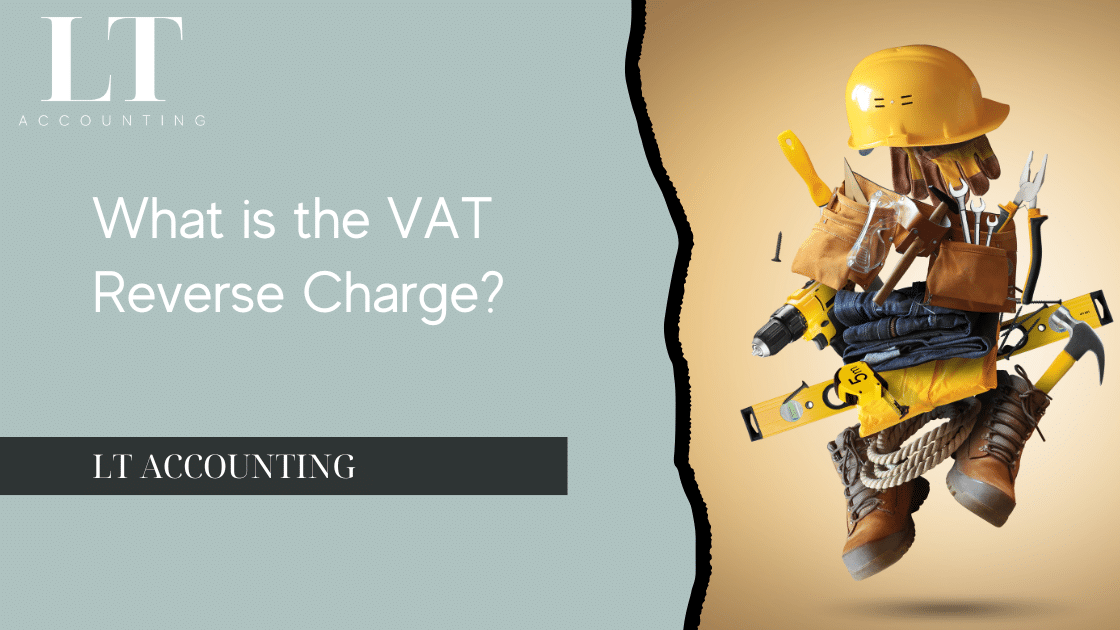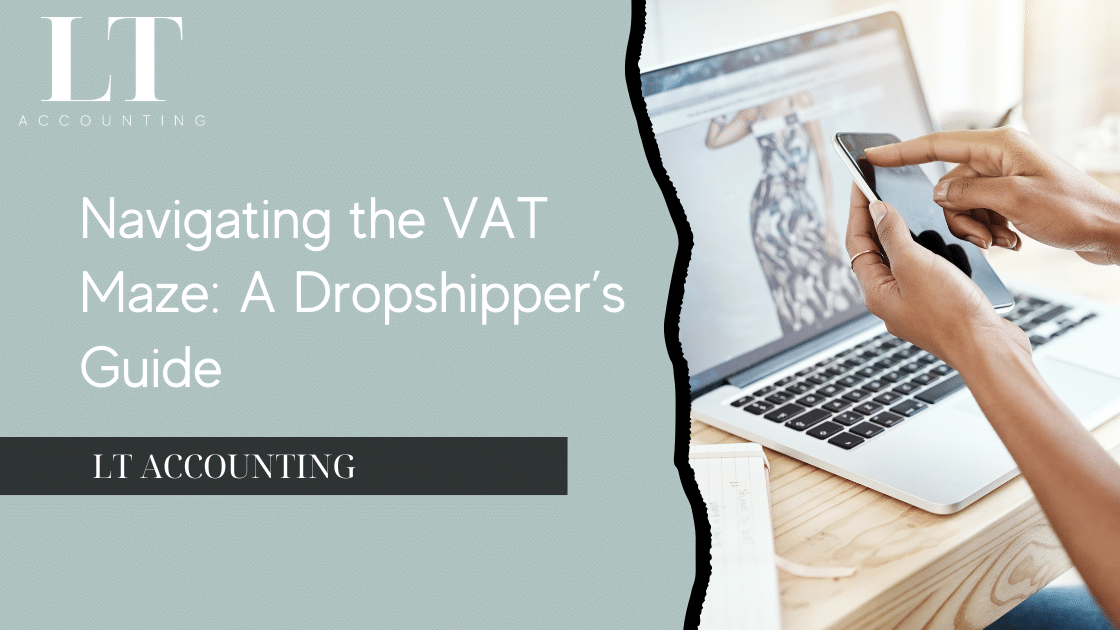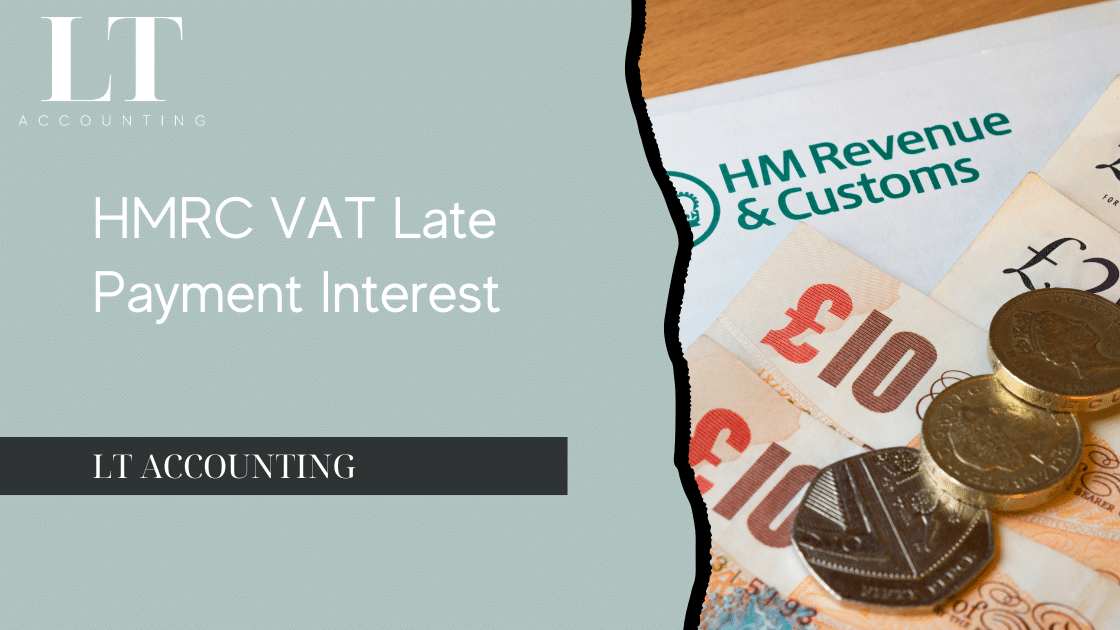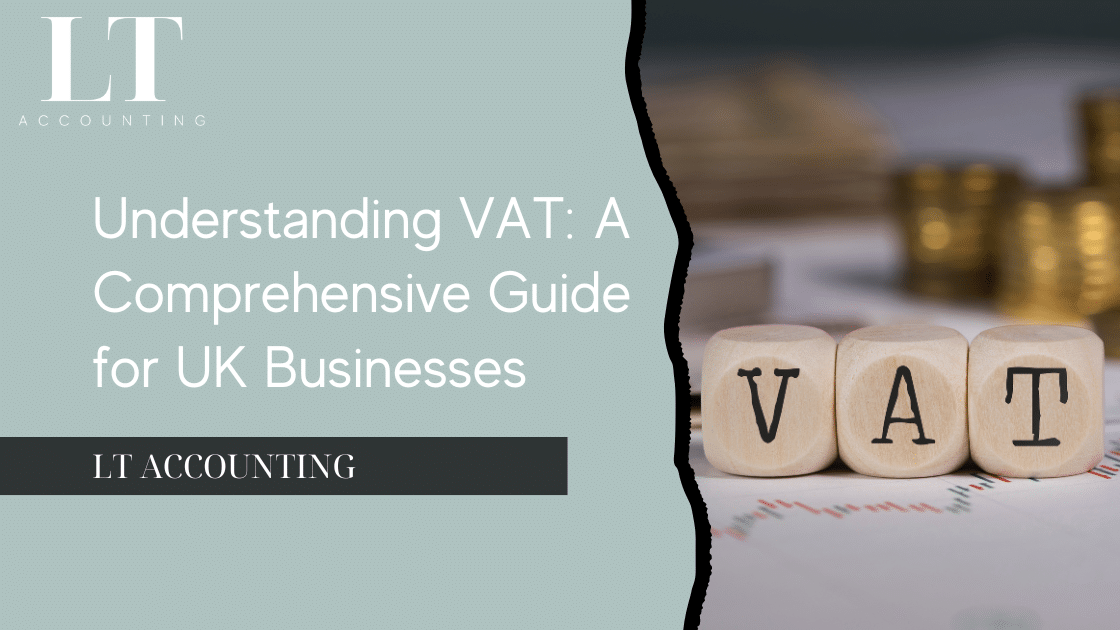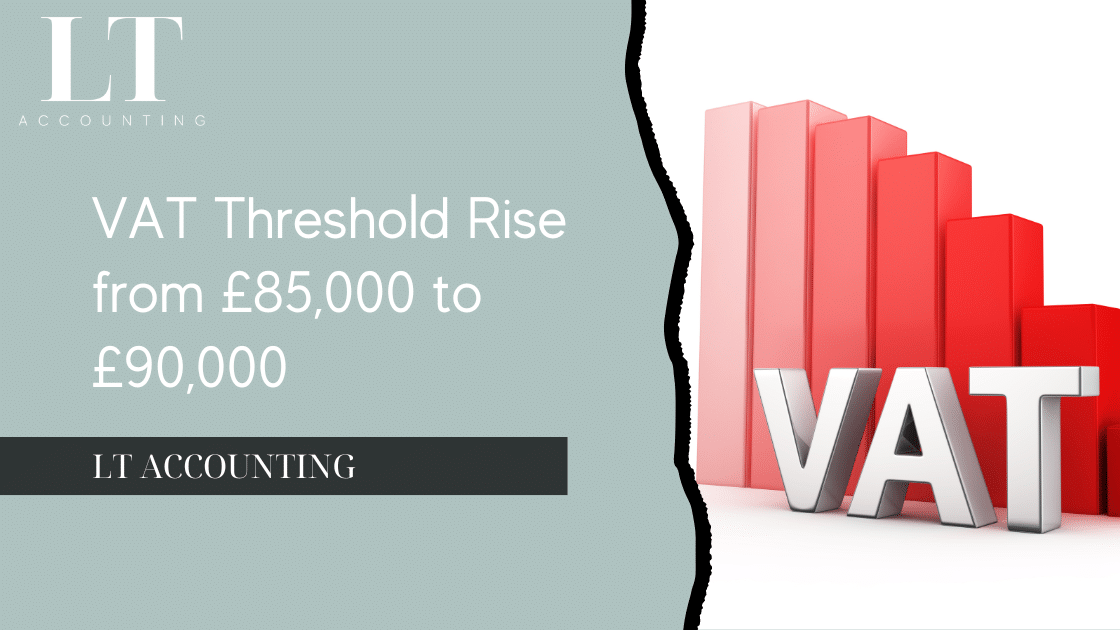Navigating the labyrinth of VAT regulations can feel like herding cats, especially when it comes to the VAT Reverse Charge. This quirky mechanism flips the script on how VAT is typically collected and can leave many scratching their heads. But fear not! We’re diving into the nitty-gritty of the VAT Reverse Charge, so you can handle it like a pro.
What Exactly is the VAT Reverse Charge?
Simply put, the VAT Reverse Charge is a mechanism where the responsibility for reporting VAT shifts from the seller to the buyer. This system is designed to combat VAT fraud in certain high-risk industries, like construction and electronics. Instead of the supplier collecting VAT from the buyer and then paying it to HMRC, the buyer directly accounts for both the input and output VAT on their VAT return.
Why Should You Care?
- Prevents VAT Fraud: By shifting the VAT collection responsibility, it minimises opportunities for VAT carousel fraud.
- Cash Flow Management: It impacts how businesses manage their cash flow, as VAT doesn’t change hands in the same way.
- Compliance: Staying compliant is critical, and misunderstanding this could land you in hot water with HMRC.
How Does the VAT Reverse Charge Work?
Alright, picture this: you’re a contractor purchasing services from a subcontractor. Under normal circumstances, the subcontractor would charge you VAT, collect it, and then remit it to HMRC. With the VAT Reverse Charge in play, the subcontractor doesn’t charge you VAT. Instead, you, the contractor, include the VAT amount on your VAT return as both input tax (VAT on purchases) and output tax (VAT on sales).
Scenarios Where VAT Reverse Charge Applies:
- Construction Services: If you’re in the construction industry, this will hit home. For example, if you’re buying electrical installation services from another VAT-registered business.
- Mobile Phones and Computer Chips: High-value goods like these are often targeted by fraudsters, making them prime candidates for the reverse charge.
Benefits and Drawbacks of VAT Reverse Charge
Benefits:
- Fraud Prevention: This is the biggie. VAT carousel fraud has cost governments billions, and the reverse charge is a solid countermeasure.
- Simplified Accounting: For businesses frequently dealing with reverse charge supplies, it can simplify accounting, reducing the need for constant VAT payments and reclaims.
Drawbacks:
- Complexity: Let’s not beat around the bush; getting your head around this can be tricky.
- Cash Flow Impact: Depending on your business, it might affect your cash flow, especially if you’re used to receiving VAT payments.
Steps to Implement VAT Reverse Charge in Your Business
- Identify Qualifying Services: Determine which of your services fall under the reverse charge mechanism.
- Update Invoicing Systems: Ensure your invoices clearly state when the reverse charge applies. Include phrases like “Reverse charge: VAT Act 1994 Section 55A applies.”
- Adjust VAT Returns: When filing your VAT returns, remember to account for reverse charge transactions correctly.
- Educate Your Team: Make sure everyone involved in invoicing and accounting understands the reverse charge rules.
Common Pitfalls and How to Avoid Them
- Misidentifying Transactions: Ensure you’re clear on which transactions qualify for the reverse charge. Mistakes can lead to penalties.
- Incorrect Invoicing: Your invoices must state when the reverse charge applies. Double-check your templates.
- VAT Return Errors: Be meticulous with your VAT returns. Errors in how you account for reverse charge transactions can flag HMRC’s attention.
Make CIS VAT Deductions Effortless with Our Calculator
Navigating the complexities of the VAT Reverse Charge can be daunting, especially for construction businesses dealing with the Construction Industry Scheme (CIS). To simplify this process, LT Accounting offers a specialised CIS VAT Deduction Calculator designed to make your financial management more efficient and accurate.
Our user-friendly calculator is tailored to help you quickly determine the correct VAT deductions, ensuring compliance with HMRC regulations. By using our tool, you can:
- Save Time: Instantly calculate VAT deductions without manual errors.
- Ensure Accuracy: Get precise calculations that align with current HMRC guidelines.
- Stay Compliant: Avoid costly mistakes and penalties by adhering to the latest tax rules.
Whether you’re a contractor or subcontractor, our calculator is an invaluable resource that streamlines your accounting tasks, allowing you to focus on your core business activities.
Try it now: CIS VAT Deduction Calculator
For more personalised advice and comprehensive accounting solutions, contact LT Accounting today. Our team of ACA qualified accountants is here to support your business needs and ensure your financial health.
FAQs
What is the VAT Reverse Charge?
The VAT Reverse Charge is a mechanism where the responsibility for reporting VAT shifts from the seller to the buyer, aimed at reducing VAT fraud.
When does the VAT Reverse Charge apply?
It typically applies in high-risk sectors such as construction and electronics, where VAT fraud is more prevalent.
How do I implement the VAT Reverse Charge in my business?
Identify qualifying services, update your invoicing systems to reflect reverse charge transactions, adjust your VAT returns accordingly, and educate your team on the new rules.
What should my invoice say when applying the VAT Reverse Charge?
Include a phrase like “Reverse charge: VAT Act 1994 Section 55A applies” to indicate that the reverse charge mechanism is in effect.
Can the VAT Reverse Charge affect my cash flow?
Yes, it can. Since VAT is not collected upfront by the seller, it can alter how cash flows through your business.
What are the common mistakes to avoid with the VAT Reverse Charge?
Avoid misidentifying transactions, incorrect invoicing, and VAT return errors.
Conclusion
The VAT Reverse Charge is like a plot twist in the VAT saga, designed to keep fraudsters on their toes and honest businesses compliant. While it can seem daunting at first, understanding its mechanics and implications will keep you on the right side of the law. So, roll up your sleeves, update those invoices, and keep your business running smoothly with the VAT Reverse Charge firmly under your belt.

